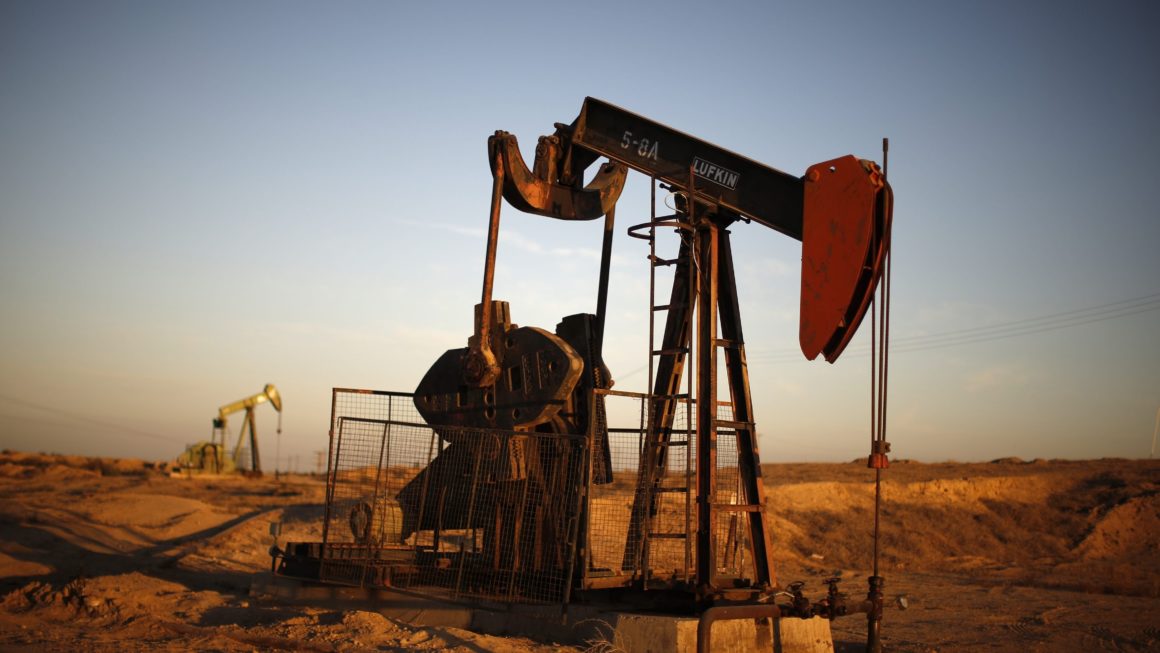Industrial pumps play an important role in the secure transport of heavy duty fluids and chemicals in various industries. The global industrial pump market is expected to reach $54.6 billion by 2020, growing at a CAGR of 4-5 percent. The oil & gas industry forms the largest end-user segment accounting for 17 percent of the total industrial pump market, driving the industrial pump market price. Other factors influencing the market price are the costs of technology, raw materials, and macro-economic factors.
Based on the industry requirement, industrial pumps are available in different sizes, capacities, and shapes. The strength, versatility, and quality of industrial pumps have made them an important part of functions such as circulation, sludge handling, cooling, and boiler feed. Industrial pumps are also used for the treatment and transport of wastewater, water, beverages and chemicals among others. Expansion into other industries and replacement requirements further contribute to the growth of the market.
Impact of Oil Prices on Industrial Pump Market
The oil and gas industry, being the single largest end-user of industrial pumps, has a considerable impact on the prices of the industrial pump market. The extraction and transportation of oil requires heavy duty industrial pumps, which are replaced periodically and updated with the latest technology.
If oil prices rise and its supply decreases, there is additional pressure on the industrial pump market for effective extraction of oil, driving the prices for industrial pumps. Conversely, if the prices of oil fall and more oil reserves are identified, while there would be an initial expense for industrial pumps, the overall market prices for the pumps would fall.
Regional Segmentation
The demand for industrial pumps is present in developing and developed nations. While developing countries use the pipes for urbanization and development of infrastructure, developed countries have demands for upgrades, replacements, and improvements in manufacturing. At a global level, the largest demand for industrial pumps is from the APAC region, followed by North America and Europe.
High market maturity regions are the U.S., Germany, the U.K, Ireland, France, Italy, Australia, and Japan while medium market maturity regions include Eastern Europe, UAE, Saudi Arabia, Qatar, and Brazil. Local factors also affect the industrial pump market such as currency exchange fluctuations for sourcing raw materials and applicable environmental regulations regarding air emissions and water/waste disposal.
Growth Potential
Although the oil & gas industry holds a considerable portion of the overall demand for industrial pumps, other application segments are also gaining in size. The demands for industrial pumps from the water and wastewater industry is growing; led by a rising population, increase in manufacturing activities and urbanization. Governments, especially in developing countries, are heavily investing in water conservation and treatment solutions.
Other fields expected to increase the demand for industrial pumps are the food and beverages industry and chemicals, influenced by the growing demands for mass production. Industrial pumps increase the speed of production and packaging of fluids, catering to a consumerist market.
Industrial pumps are versatile and have immense strength, serving as an important component in the transport of liquids and chemicals. Applications of industrial pumps vary based on the industry; however, the single largest end-user segment is the oil & gas industry, which accordingly affects the industrial pump market prices at a global level. New technology and uses of industrial pumps further drive the market.




